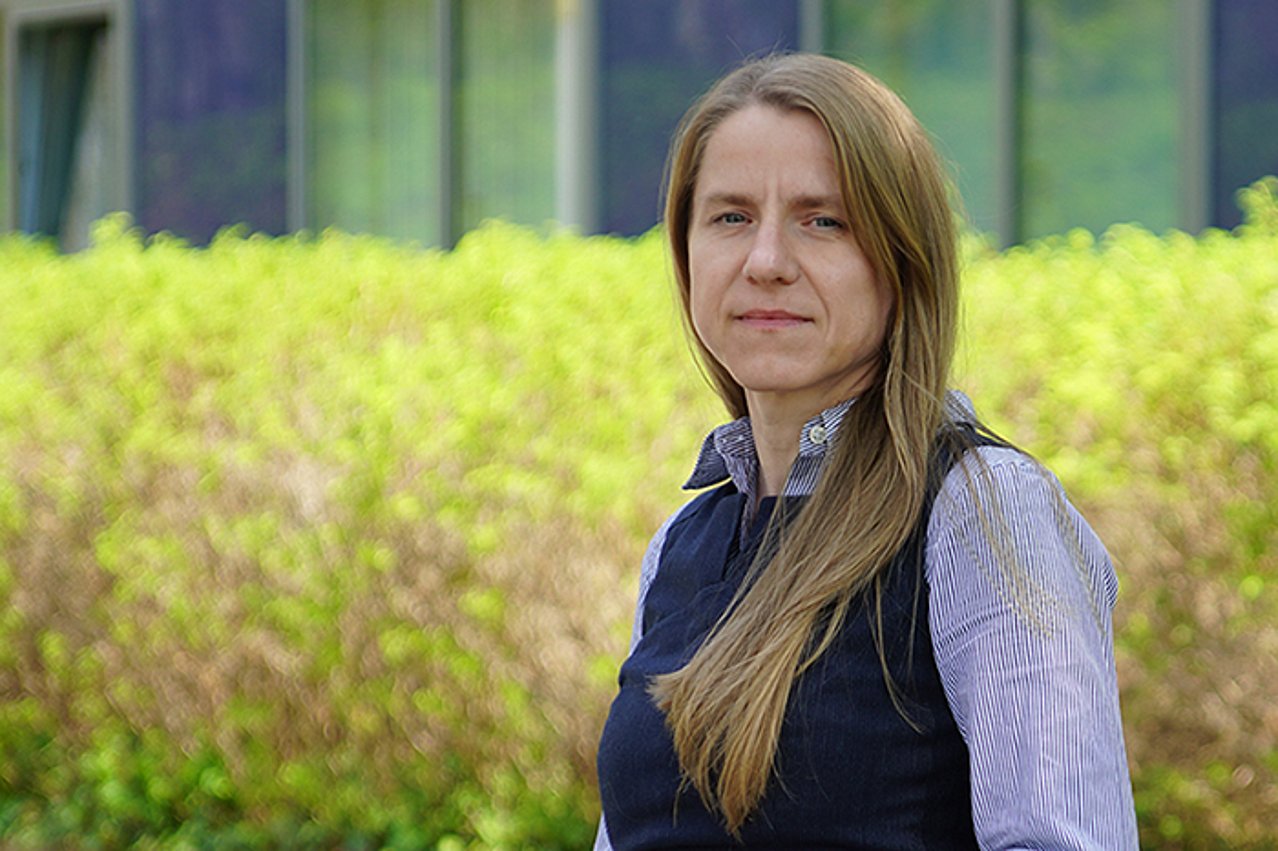CHANTS 2017
Description:
Poster: Beyond Static Sending Intervals for Sensor Node Energy Estimation, Silvia Krug1,2, Axl Schreiber1, Michael Rink1
1IMMS Institut für Mikroelektronik- und Mechatronik-Systeme gemeinnützige GmbH ; 2Communication Networks Group, Technische Universität Ilmenau, Germany
Abstract: Several aspects have to be considered in order to develop energy efficient sensor networks with a lifetime of several years under outdoor conditions. These aspects include the battery types, the energy consumption of the platform for various operational states as well as several other aspects such as the communication pattern influenced by the position in the network and the propagation conditions. In this paper, we present results from a long term measurement study to characterize the traffic required to transfer the required sensor data and analyze the required overhead. Our results show that simple assumptions on sending intervals do not reflect reality and need to be reconsidered when modeling the energy consumption of sensor nodes, especially under harsh environmental conditions.
Poster: Utilization of Additional Nodes in Hybrid DTN-MANET Scenarios, Silvia Krug1,2, Max Helbig1, Jochen Seitz1
1Communication Networks Group, Technische Universität Ilmenau, Germany; 2IMMS Institut für Mikroelektronik- und Mechatronik-Systeme gemeinnützige GmbH
Abstract: In case of disasters, efficient and robust communication is essential. Hybrid network architectures combining traditional mobile ad hoc networks (MANETs) and delay tolerant networks (DTNs) have been proposed to achieve both aspects. The combination is needed to handle intermittent connectivity. However, the DTN principles cause additional delay that should be minimized. Nodes that are deployed in addition to the devices carried by rescue workers are one option to enhance connectivity and thus limit the delay. These nodes could be placed at fixed positions or be mobile eventually with controllable mobility. In this paper, we first present a simulation model to enable the evaluation of such additional nodes and present their impact on the DTN routing protocol performance in a realistic disaster scenario. Our results show that additional nodes are able to provide better connectivity, but current DTN protocols are not able to utilize them efficiently.
Contact
Contact
Dipl.-Hdl. Dipl.-Des. Beate Hövelmans
Head of Corporate Communications
beate.hoevelmans(at)imms.de+49 (0) 3677 874 93 13
Beate Hövelmans is responsible for the text and image editorial work on this website, for the social media presence of IMMS on LinkedIn and YouTube, the annual reports, for press and media relations with regional and specialist media and other communication formats. She provides texts, photographs and video material for your reporting on IMMS, arranges contacts for interviews and is the contact person for events.


